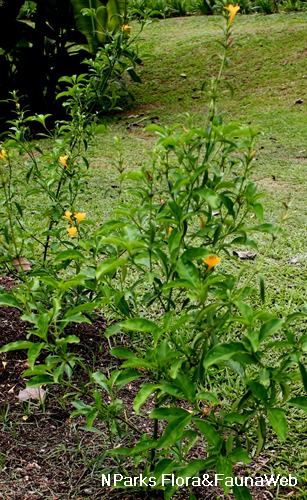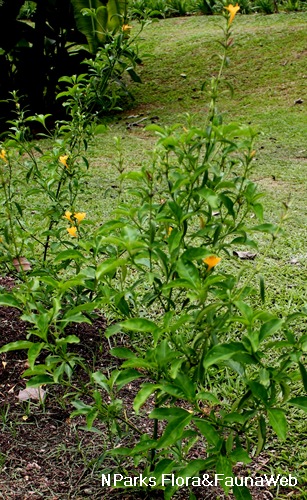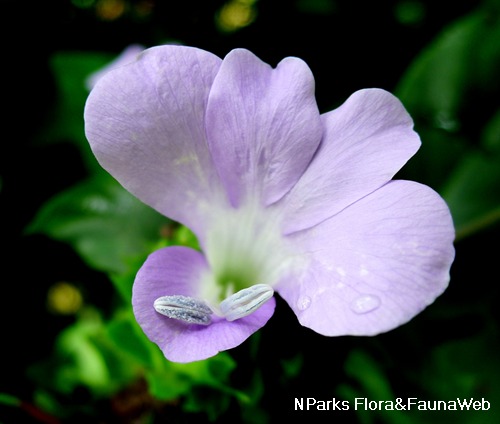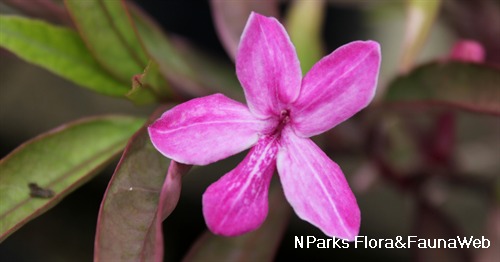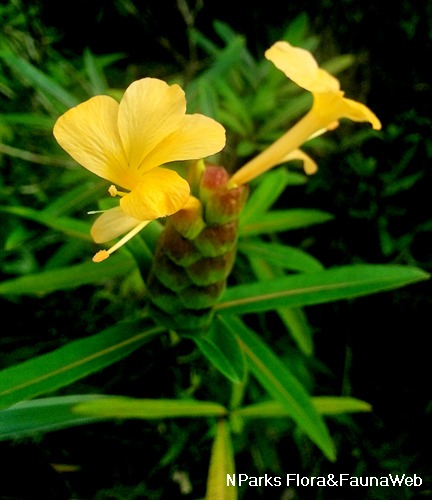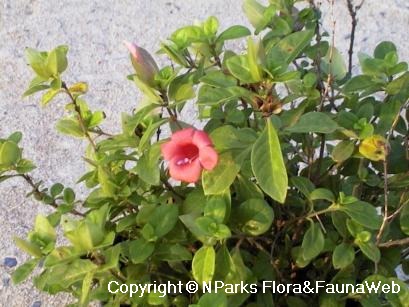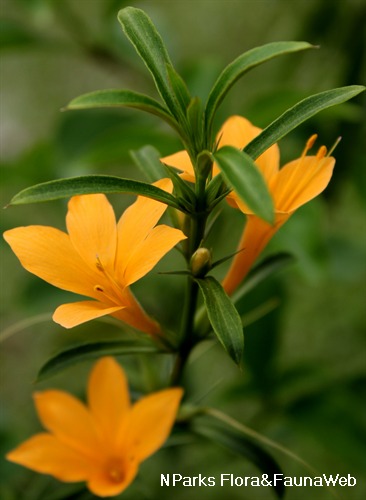
Name
Classifications and Characteristics
| Plant Division | Angiosperms (Flowering Seed Plants) (Dicotyledon) |
|---|---|
| Plant Growth Form | Shrub |
| Lifespan (in Singapore) | Perennial |
| Mode of Nutrition | Autotrophic |
Biogeography
| Native Distribution | Asia and Tropical East Africa |
|---|---|
| Native Habitat | Terrestrial (Primary Rainforest) |
| Preferred Climate Zone | Tropical |
Description and Ethnobotany
| Foliage | The leaves are elliptic to oblong and armed with 5-20mm long spines at the axils. |
|---|---|
| Flowers | The flowers are yellow, sessile in the leaf axils or in terminal branched spikes. |
| Fruit | The capsule is two-celled, ovate-lanceolate and 10 to 20mm long, with a shape-pointed beak about 6mm long. The seeds are 8 by 5mm, flattened and covered with matted hairs. |
| Ethnobotanical Uses | Medicinal: Porcupine flower is a herb common in India and also found in many parts of the world, like Malaysia, USA, Indonesia and Philippines. The whole plant are used for variety of purposes in Traditional Indian medicine. The leaves are used to promote healing of wounds and to relieve joint pains(Parrotta 2001). Mouthwash made from root is used to relieve toothache and treat bleeding gums(Burkill 1985). The extracts of the plant are incorporated in herbal cosmetics and hair products to promote skin and scalp health(Prakruti 2002, Probiotics New Zealand 2002, Vaipani 2002). |
Landscaping Features
| Desirable Plant Features | Ornamental Flowers |
|---|---|
| Landscape Uses | General, Hedge / Screening, Container Planting, Slope Stabilization |
| Usage Hazard - Cons | Spines/Thorns - Stem/Branch |
Plant Care and Propagation
| Light Preference | Full Sun |
|---|---|
| Water Preference | Moderate Water |
| Rootzone Tolerance | Moist Soils, Well-Drained Soils |
| Propagation Method | Seed, Stem Cutting |
Foliar
| Foliage Retention | Evergreen |
|---|---|
| Mature Foliage Colour(s) | Green |
| Mature Foliage Texture(s) | Smooth |
| Foliar Type | Simple / Unifoliate |
| Foliar Arrangement Along Stem | Opposite |
| Foliar Shape(s) | Non-Palm Foliage (Elliptical, Linear) |
| Foliar Margin | Entire |
Floral (Angiosperm)
| Flower Colour(s) | Yellow / Golden |
|---|---|
| Flower Texture(s) | Smooth |
| Flower Grouping | Solitary, Cluster / Inflorescence |
| Flower Location | Axillary, Terminal |
| Individual Flower Shape | Tubular |
| Flowering Period | Free-Flowering |
Image Repository
Others
| Master ID | 31229 |
|---|---|
| Species ID | 5624 |
| Flora Disclaimer | The information in this website has been compiled from reliable sources, such as reference works on medicinal plants. It is not a substitute for medical advice or treatment and NParks does not purport to provide any medical advice. Readers should always consult his/her physician before using or consuming a plant for medicinal purposes. |

